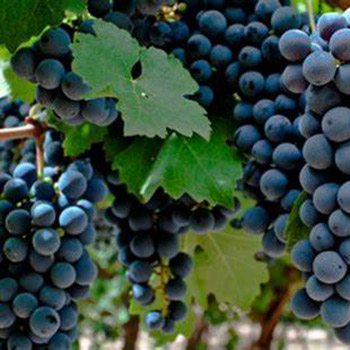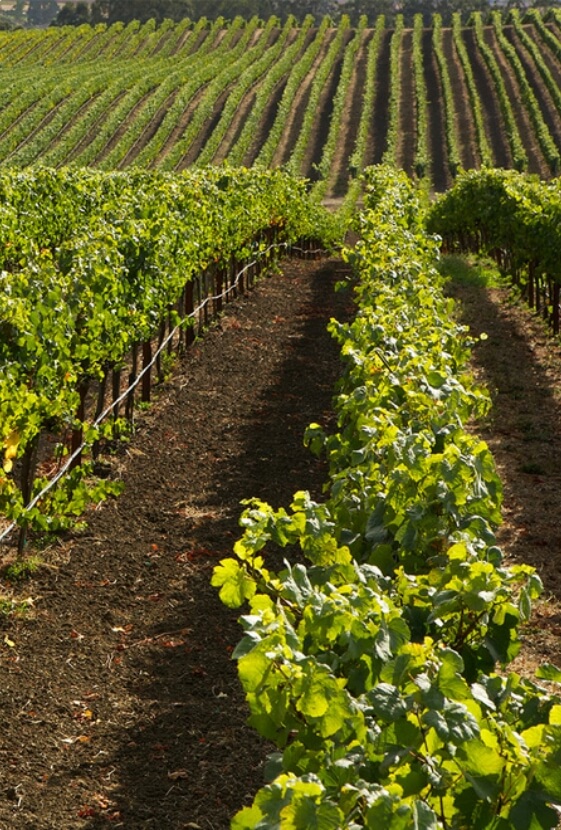
Grape Glossary
Bonarda
The Bonarda wine grape, known for its versatility and robustness, produces wines with deep color and vibrant fruit flavors. Originating from Italy but finding significant success in Argentina, Bonarda grapes create wines that often exhibit notes of blackberry, plum, and cherry, with a hint of spice. The wines are typically medium to full-bodied, with soft tannins and a refreshing acidity. Bonarda is valued for its adaptability to various growing conditions and its ability to produce both youthful, fruit-forward wines and more complex, aged varieties.
The Bonarda wine grape thrives in a range of conditions but has some specific preferences for optimal growth. Ideally, it prefers a temperate climate with warm days and cool nights, which helps to develop its characteristic fruity flavors and balanced acidity. It grows well in well-drained soils, particularly those with a mix of sand and clay, which helps in managing water stress and promoting root health.
The Bonarda wine grape, also known as Bonarda Piemontese in Italy and Douce Noire in France, has a storied history that traces back to Europe. Originating in the Piedmont region of Italy, Bonarda Piemontese was historically used to produce light, fruity wines. The grape became popular in Argentina, where it was introduced by Italian immigrants in the late 19th century. In Argentina, Bonarda thrived, becoming the second most planted grape variety after Malbec. Today, it is celebrated for producing robust, flavorful wines that are gaining international recognition.

